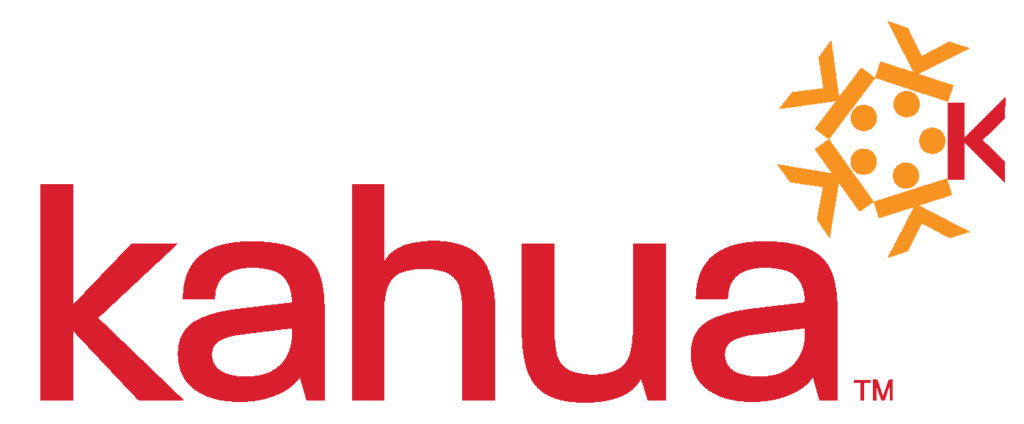Morpheus Shares Insights of Successful Integrations
Morpheus, part of the Kahua Partner Network, recently performed an integration for general contractor Crossland after it adopted Kahua as its new project management information system (PMIS). We caught up with Morpheus Director of Strategy & Business Development Guy Barlow to learn more about integration and what made this one so successful.
What does Morpheus do?
Morpheus is an integration platform that enables companies to integrate various applications in their tech stack to create a seamless experience. Users do not have to move data manually or be in applications outside their job role. They can work in their preferred system and workflows and business processes help the information flow between the integrated applications.
We have been doing construction integrations for over 20 years and have dealt with large and complex environments. We are proud that over 80% of our clients are in the Engineering News Record (ENR) 400.
What is your role at Morpheus? How long have you been there?
I am responsible for scaling and growing the business, and I have been with the company for three and a half years. A significant part of that role is collaborating with partners, like Kahua. After spending over almost 20 years in the project management space, I genuinely still enjoy the close-knit group of people in this industry.
What makes Morpheus different from other integration companies?
There are other integration options out there, but we have three distinct advantages:
- Fully automated: When we move data, it happens behind the scenes and is invisible to the end-user. They can stay in their application of choice, and no one needs to hit a “sync” button or waste time as a “gatekeeper.” We take the human element out of the equation to free them up to focus on bigger challenges and higher-value work.
- Endlessly configurable: The full automation of a workflow or business process is driven by configurability. Because we do not have custom coding, we have unlimited configurability. We have never performed two integrations the same. And the integration can grow with the client over time as their internal processes evolve and change.
- Complete control: Self-sufficiency is important to us because we want our clients to be able to control and manage their integrations. We train them on how to configure new workflows, so they do not have to come to us for changes. We give them the flexibility and freedom to do everything. But we are always there to support them if needed.
Why do companies need integration? Why is it important?
Too many companies still have very inefficient manual processes like spreadsheets and multiple disconnected systems outside of their PMIS. They do not have an accurate or timely picture of their business. Often, their financial and project reports they are relying on are not capturing all the information and are outdated. Data is missed or incorrect due to manual processes. And it is dated since people must search for it across multiple systems.
When you can connect systems, the data just flows. The team can focus on their core roles and avoid being “hunters and gatherers” of data. They can report more accurately. They can manage costs so much more effectively. They have more efficient automated processes. They do not have to worry that they will miss an important change order that erodes their already low profit margin. Integrations minimize risk.
What are the main concerns when people are considering integration?
I see people fall into one of two camps when it comes to integration:
- They have been through integrations and have struggled and failed. Regrettably, they now think integration is complex. Since they have been burned before, they do not expect integrations to succeed and think they are a waste of time.
- They have never been through an integration and do not fully understand what it really takes. They do not know what they do not know.
Choosing an integration is like choosing a PMIS or a finance solution. It should not be an afterthought or a minor addition to the tech stack. It should be considered a mission-critical element. You will need input from at least three important teams including: finance, program managers and operations.
How do you know if integration has been successful?
If the client does not call us. Seriously! We honestly believe if we are doing our job correctly, the client will not even know we are there. Once we are live with the integration, the client will go about their business. Integration allows teams to focus on their projects, knowing their information is being connected to the right systems. Things should be quiet.
Can you describe the process for the Spectrum integration for Crossland?
At the beginning of the project, we sat and spent a good amount of time with the Crossland team including information technology (IT), finance and operations. We went through how they manage all the elements of a project to understand how they are working now and what information and data need to be moved. They were using a combination of manual and digital systems, so we needed to configure workflows and processes to mimic those data flows. After configuration, we went through testing and then went live.
What is the necessary support level when providing integration? How long is that relationship?
Since we enable our clients to manage their own integrations, our support levels are low. If their process remains the same, they might adopt a mindset of “set it and forget it.” But if they are growing, then they are actively engaged in creating new workflow configurations. Either way, we are there to support them and check in on them frequently.
How did each team from Crossland, Morpheus and Kahua work together during the integration?
The relationship between the three companies was successful because everyone came to the table in a collaborative fashion. Kahua significantly helped to make sure we were part of all the discussions. Kahua clearly saw the value of integration and the need to form a partnership between us and the client. When all parties communicate, it makes for a great integration.
Should integration capabilities be a consideration when selecting a PMIS?
Integrations are critical to the success of the deployment of a PMIS solution. For construction organizations, true value can only come when all their applications are connected. Integration should be part of the discussion early on and not viewed as an afterthought.
How does Kahua best support Morpheus and its integrations?
Kahua is not just a team of individuals; it is a group of people who create a collaborative environment. Every group at Kahua (sales, marketing, product, services) has been a great resource to us. They are subject matter experts in this industry. Being part of the Kahua Partner Network enables us to grow along with our clients. And that is a good thing for the industry.
***
Read the entire Morpheus/Crossland integration case study here.


